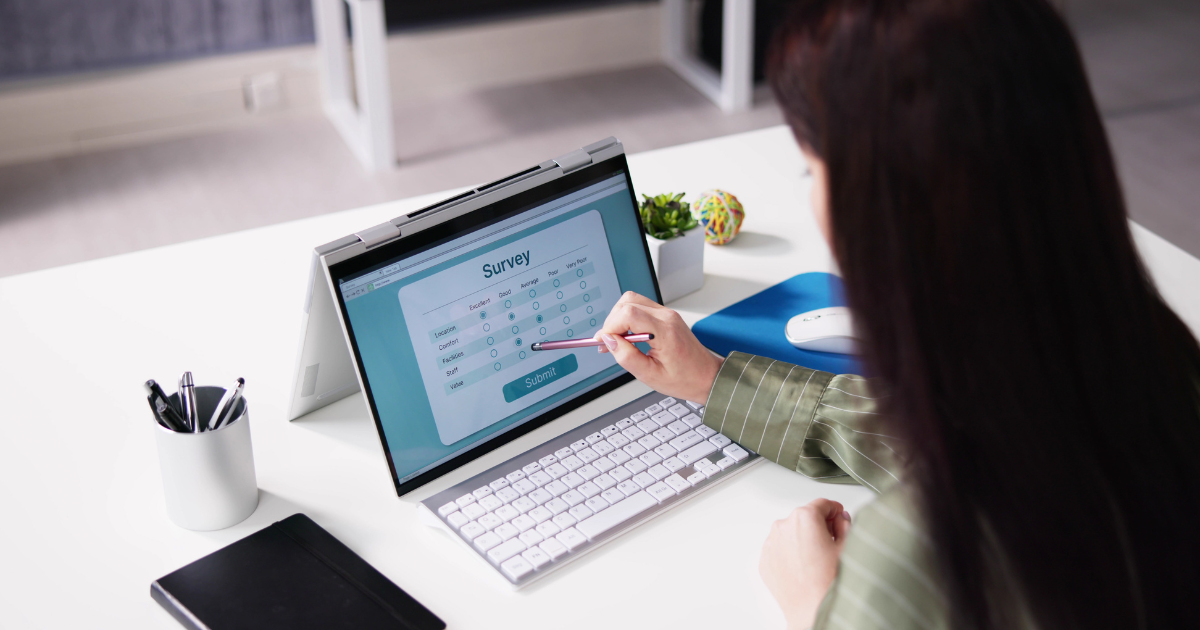Market research is the most impactful when you can elicit genuine responses from participants about their thoughts and experiences regarding a product. However, traditional quantitative research methods don’t always allow participants to express their authentic feelings, especially if the information is gathered retroactively.
Moment-to-moment testing is a powerful technique that allows researchers to gather real-time data on how participants are feeling about a particular subject while it’s fresh in their minds.
What Is Moment-to-Moment Testing?
Moment-to-moment testing is a research technique used to collect instantaneous feedback from participants as they consume some type of content. It was first used to gauge the effectiveness of political ads but can be useful for evaluating the success of almost any type of media including presentations, speeches, TV shows, or commercials. The purpose of moment-to-moment testing is to record the immediate thoughts and feelings consumers experience while actively viewing a piece of content.
How Does Digital Moment-to-Moment Testing Work?
Participants log onto a website where the content is loaded. They are provided with visual instructions on how to rate each moment of the content and given reminders to keep rating using a sliding scale. You may ask them to use the computer mouse to adjust the sliding scale to indicate agreement or engagement with the program and turn it down to indicate the opposite. This technique provides continuous real-time feedback on the subject matter that can be used to assess the overall quality of the program as well as the effectiveness of particular sections. Participants are also given the opportunity to click additional buttons if they are highly engaged with the content or conversely completely checking out.
What Are the Benefits of Moment-to-Moment Testing?
Overcome Recall Bias
The human memory isn’t as reliable as most researchers would like it to be. As a result, recall bias, or the inability to accurately recall a past event, can be a significant challenge when gathering information after the fact. Moment-to-moment testing is a great way to overcome this bias by capturing their genuine reactions in real-time before participants have the chance to forget.
Once you as a researcher or client have this information, you are then able to to replay this section of the video and ask the ever-important ‘why’. Why did you check out? What was so engaging? What happened here that interest fell or rose so precipitously?
Identify Strengths and Weaknesses
Moment-to-moment testing gives you greater insights into what parts of the presentation are working and what needs improvement. You may notice that the majority of the group is highly engaged during a certain section of the presentation, but begins to lose interest at another point. Using this information, you could make more informed decisions about what to focus on and what could be edited or enhanced.
Drive Deeper Discussions
You can also use the results of the moment-to-moment testing to encourage deeper discussions and learn more about why participants reacted the way they did. Perhaps there’s a reason that participants reacted strongly to a particular message that may not be immediately obvious. Organizing follow-up groups to discuss the results of the test can be a great way to uncover deeper insights into what caused certain responses and what it says about the program.
Moment-to-Moment Testing in Action: A New Perspectives Case Study
At New Perspectives, we utilized moment-to-moment testing to gain insights into the effectiveness of a sales presentation for a school math program developed by a client. We asked teachers to watch a 30-minute video presentation on the new program and evaluate their feelings using a dial. Their responses confirmed some of our suspicions and revealed significant issues with the initial presentation.
For instance, the teachers reacted positively when the product was shown in use. However, they reacted negatively when the program mentioned how hard it was to keep students engaged because it made the teacher and not the program feel responsible for the lack of engagement.
Educators preferred to focus on the positives, not the negatives, and wanted the content of the presentation to reflect that. We were able to gain valuable insights by using the results of the dial test and by holding follow-up focus groups with the teachers to better understand their reactions.
The results shared with the client were extremely actionable as they showed exactly where the presentation succeeded and where there was room for improvement. Although it was a tough conversation, it allowed the client to strengthen their presentation by leading with the solutions the program provides, rather than spending too much time focusing on the problems or challenges of teaching.
Implement Moment-to-Moment Testing Into Your Market Research
Implementing a study using moment-to-moment testing requires specialized technology and expertise in interpreting the results. At New Perspectives our experienced market researchers can help you utilize this powerful technique and learn more about your target customers. Contact us today to strengthen your research and take advantage of this useful methodology.



